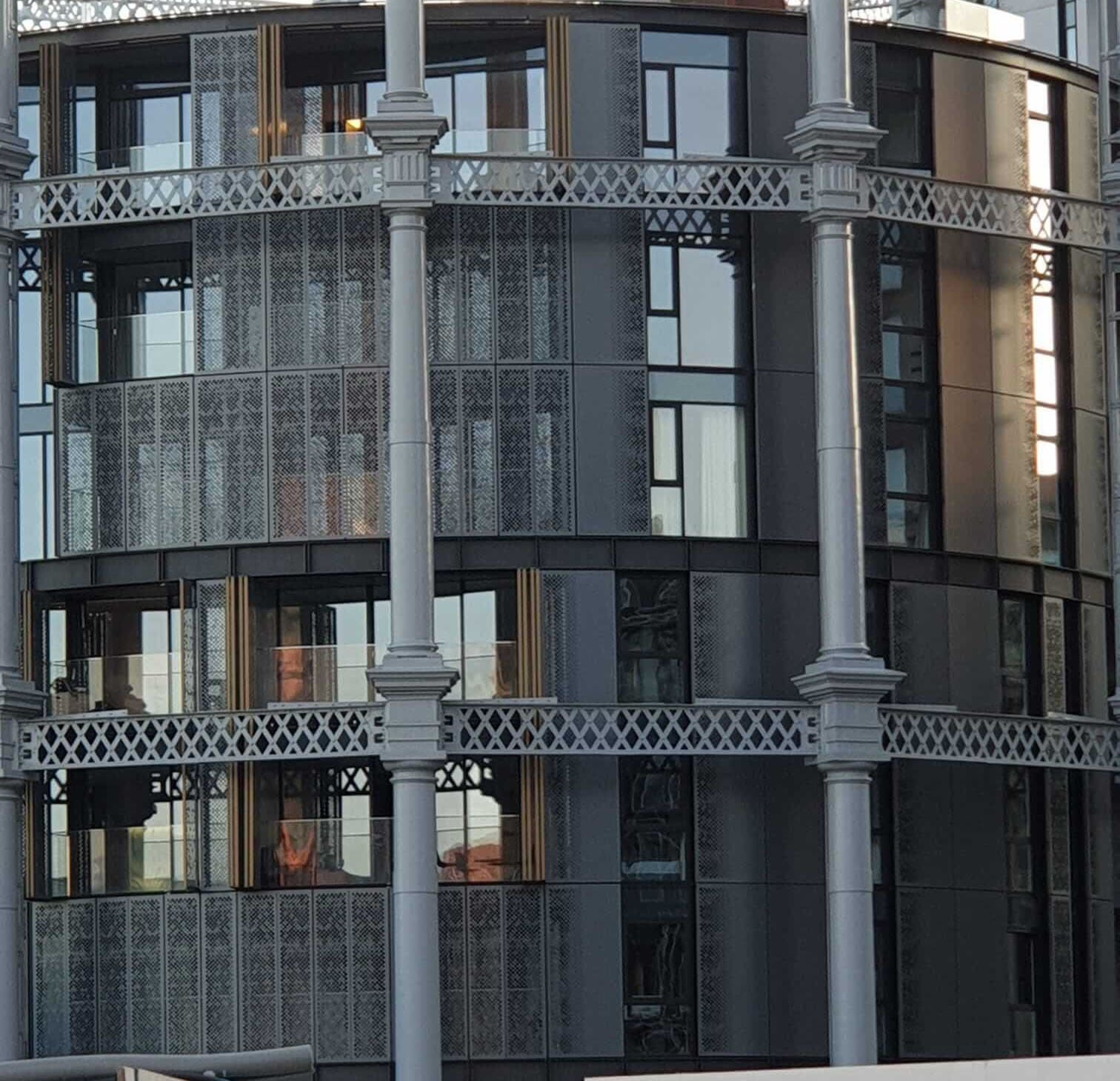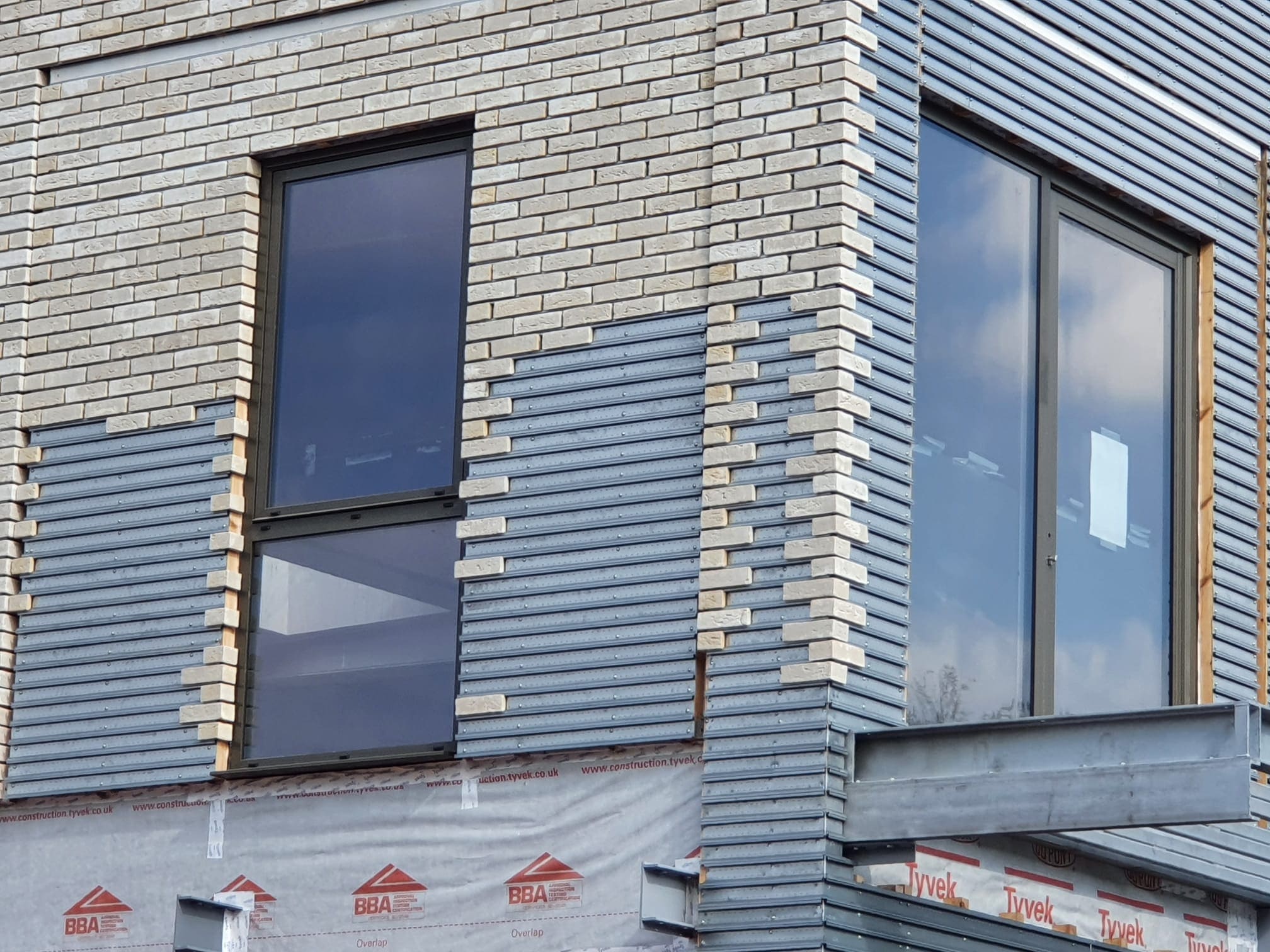 645
645
 0
0
Warning: Don't Ignore Middle-Aged Renters!
Middle-aged renters are on the rise, and landlords who overlook this demographic could be missing out. According to new research from Intus Lettings, renting is no longer just for young professionals—many middle-aged individuals are now long-term tenants due to financial and personal circumstances.
The Rise of Middle-Aged Renters
A 2018 study by the Department for Work and Pensions found that the number of renters aged 35-54 has nearly doubled in the last decade. The Intus survey, which polled over 2,000 tenants, reinforces this trend, highlighting that middle-aged renters are becoming a significant segment of the rental market.
Why Are Middle-Aged Renters Struggling to Buy?
The two primary reasons why middle-aged individuals continue to rent are:
- Inability to afford a deposit
- Failure to meet mortgage criteria
Rising house prices have made homeownership out of reach for many, while the increasing cost of rent has made saving even harder. Additionally, some renters are "accidental tenants" after a relationship breakdown, further extending their rental period.
Developers Need to Adapt to Changing Tenant Needs
If the rental sector is to meet the needs of middle-aged tenants, developers must rethink their approach. Build-to-Rent (BTR) schemes should not only cater to young professionals but also to families and older individuals. The demand for larger apartments and family-friendly homes is expected to rise, making studio and small apartments less desirable for this demographic.
Co-Living: A Future Solution for Older Renters?
planetrent.co.uk/blog/five-reasons-to-love-coliving'>Co-living, which has primarily been marketed toward younger renters, could also become a solution for middle-aged and elderly tenants. With loneliness becoming a growing issue among older generations, planetrent.co.uk/blog/five-reasons-to-love-coliving'>co-living spaces with well-managed communal areas for socializing, dining, and recreation could provide an alternative to traditional renting.
The Future of Renting for Over-60s
The Centre for Ageing Better (CfAB) reports that the number of over-60s renting privately increased from 254,000 in 2007 to 414,000 in 2017, and it predicts that by 2040, a third of people over 60 could be in private rental accommodation. As planetrent.co.uk/blog/five-reasons-to-love-coliving'>co-living gains popularity, visiting your elderly parent in a rental community might become just as common as visiting your child in student housing.





Meet our Expert Property Commentators



























